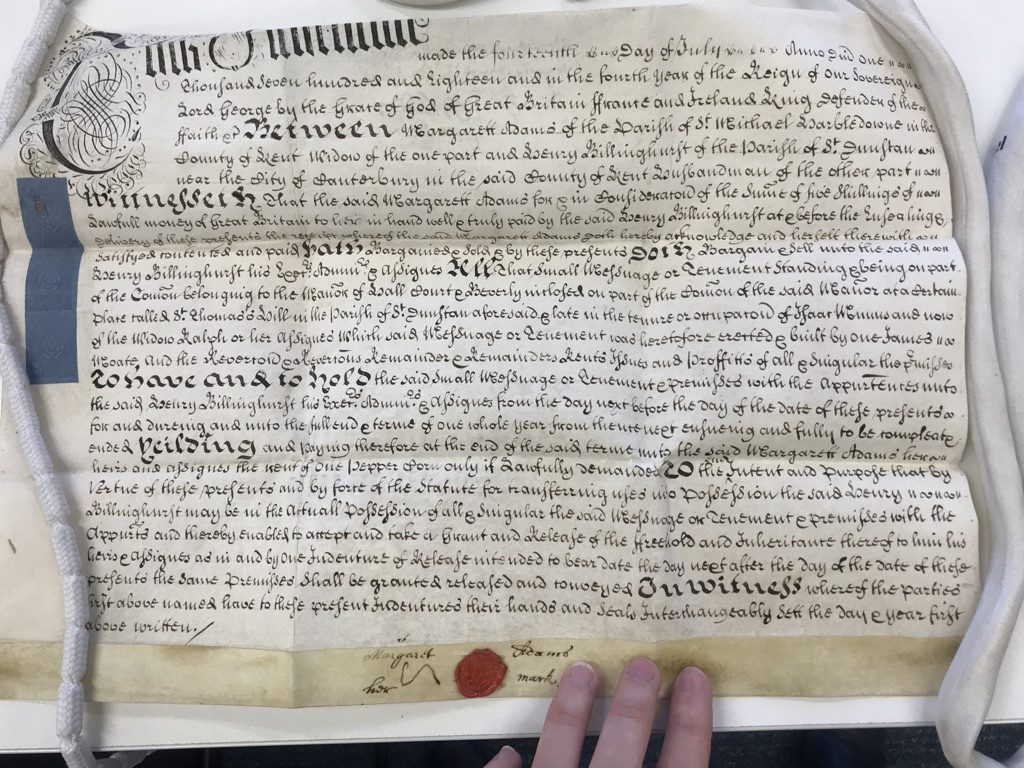Special Collections & Archives are delighted to be hosting a new exhibition in our Templeman Library Gallery – Great British Fish and Chips, which will run from 22nd June to September 2022.
The exhibition, originally commissioned by Counterpoints Arts, explores how the history of Britain’s favourite dish is rooted in migration, movement and global trade. Reportage artist Olivier Kugler, and writer Andrew Humphreys, reveal everyday stories of migration through illustrating the lives and experiences of fish and chip shop owners across Kent.
To complement the exhibition we are looking for people to join us in exploring our Special Collections & Archives in relation to the themes of migration and movement.
This project offers a unique opportunity for participants to join a Research and Curation Group to learn more about archive practice and gain skills and experience in researching and working with archive collections, while sharing perspectives and experiences in a safe and supportive environment.
The group is open to members of the public across Kent as well as students and staff at the University of Kent. We especially would like to encourage people with lived experience of migration to join the group and explore the archives. Weekly sessions will include tours of the collections, with practical sessions of different aspects of researching and working with archives.
Group members will co-curate a display of original items from the archive collections that will be displayed alongside the existing exhibition boards. They will research and write captions to describe their chosen items, develop blog posts and social media content about their experiences in the archives, and lead tours of the displayed archives.
Places are free but numbers are limited so please get in touch to secure your place. Please note that to join the group you need to be able to take part in all three weekly sessions, taking place on Wednesday 8th June (10am-1pm), Wednesday 15th June (10am-4pm), and Wednesday 22nd June (10am-4pm).
For more information about the project or to request to join the group please contact Beth Astridge or Karen Brayshaw in Special Collections & Archives: specialcollections@kent.ac.uk
This project has been funded by the University of Kent Migration and Movement Research and Engagement Award Fund 2022.
The original exhibition The Great British Fish and Chips was commissioned by Counterpoints Arts in partnership with Turner Contemporary and Canterbury Cathedral and was displayed in locations around Kent from June to November 2021.






